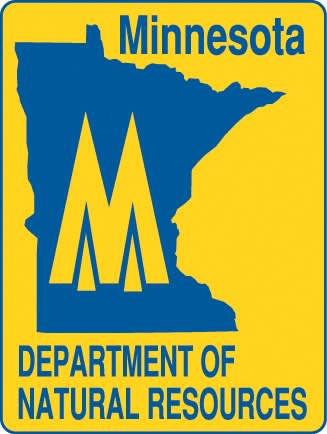Minnesota Conservation Officers Come Across a Cart Full of Trouble

Aquatic invasive species (AIS) are normally confined to waterways, so conservation officers (COs) with the Minnesota Department of Natural Resources (DNR) were surprised when they recently discovered a full-blown infestation in a parking lot.
CO candidate Jen Mueller and CO field training officer Kipp Duncan of Duluth were on patrol in Two Harbors when they made the discovery.
“We pulled into a parking lot and inside the bed of a pickup truck we saw a shopping cart completely covered with zebra mussels,” said Mueller.
The owner of the truck, Bruce A. Hinsverk, 51, of Wahpeton, N.D., told the officers he was on vacation and saw the shopping cart next to two dumpsters near Lake Superior. He planned to drive up the North Shore to Grand Marais before returning to North Dakota with the shopping cart.
“He thought it was unique to have a cart with mussels attached and that it would make a nice addition to his business,” Mueller said, “so he placed it in his truck. He did not know it was illegal to transport invasive species.”
The officers took photographs of the cart before removing it and placing it in a DNR storage facility.
Hinsverk was cited for unlawfully possessing or transporting a prohibited invasive species other than aquatic macrophyte. He was given instructions on how to appeal or pay the $500 fine.
While securing the infested cart, the officers noticed that some zebra mussels were still alive.
They drove to an area near the Duluth Entertainment Convention Center in Duluth harbor where Hinsverk said he had found the cart. There they discovered zebra mussels on the ground next to the two dumpsters. Lake Superior is infested with zebra mussels. It’s unknown how the shopping cart made its way from the lake to near the dumpsters.
A nonnative invasive species, zebra mussels pose serious ecological and economic threats to Minnesota’s lakes and streams. Heavy infestations can kill native mussels, impact fish populations, interfere with recreation, and increase costs for industry, including power and water supply facilities. Native to Eastern Europe and Western Russia, zebra mussels were first discovered in Minnesota in 1989 in the Duluth harbor. They subsequently have spread to dozens of Minnesota’s inland lakes.
Minnesota law prohibits the possession or transport of any prohibited invasive species in Minnesota. Conservation officers and peace officers may stop and inspect motorists pulling boats or other marine equipment upon a “reasonable belief” that prohibited invasive species are present. Prohibited invasive species include zebra mussels, Eurasian watermilfoil, curly-leaf pondweed, silver and bighead carp, ruffe, round goby and sea lamprey.
To help prevent the spread of aquatic invasive species, anglers and boaters are required by law to:
- Drain bait buckets, bilges and live wells before leaving any water access.
- Remove aquatic plants and prohibited invasive species from boats and trailers.
- Pull the plug on their boat and drain all water when leaving all waters of the state.
- Keep the drain plug out while transporting water-related equipment on roadways.
- Keep boatlifts and docks out of the water for 21 days before placing in another water body.
For more information on AIS and how to prevent their spread, visit www.mndnr.gov/AIS.

